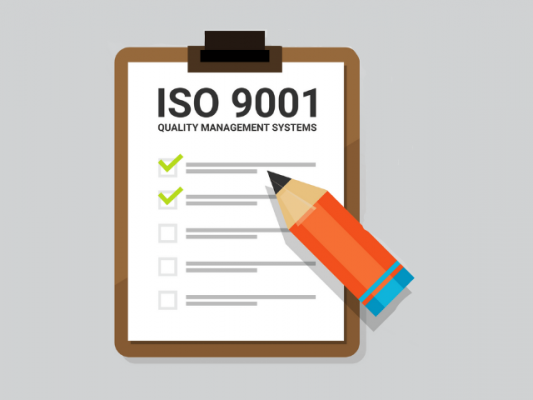What Do we Mean by “ISO9001 Scope”?
The first point to be clear about is that there are several different areas in which the word “scope” is used in relation to ISO9001, and they all refer to slightly different things. The main ones are:
- Scope of the ISO9001 standard – this is the heading of Clause 1 of the standard itself, which describes what the standard may be used for, and the fact that it is intended to apply to all organizations, large and small, and of all different types (such as private companies, public bodies and charities).
- Scope of the quality management system – defines what’s covered by the QMS in terms such as the functions of the organization, geographical locations and products and services. This is the main area we’ll be addressing in this article.
- Scope of ISO9001 certification – refers to what it says on the ISO9001 certificate, and what the certification body audits against. Often this is the same as the scope of the QMS, but it doesn’t have to be.
- Scope of ISO9001 audit – when an audit (internal or external) is carried out it’s important that the areas covered are defined, perhaps in terms of business processes or clauses of the standard. It’s technically acceptable to spread audits over three years, so the scope of an individual audit may be quite limited.
In the rest of this article, we’ll be talking mainly about the scope of the QMS, but we’ll also touch on the scope of ISO9001 certification too.
So in basic terms, scope refers to the definition of what’s included and, by implication, what’s excluded from the QMS. Surprisingly, “scope” is not a defined term in the ISO9000 QMS – Fundamentals and vocabulary guidance standard that accompanies ISO9001, but the closest reference available is in the definition of the term “management system”:
3.4.3 management system
Note 3 to entry: The scope of a management system can include the whole of the organization, specific and identified functions of the organization, specific and identified sections of the organization, or one or more functions across a group of organizations.
Clause 4.3 of ISO9001 is where you’ll find the requirements you need to meet with regard to determining your scope, and the first three of our suggested steps below relate specifically to those requirements.
Hopefully we’re a bit clearer about what scope is, but if you’re just starting your ISO9001 journey how should you go about defining it for your organization? To be truly confident that you’ve got it right, we’d suggest that going through the following ten steps will help.




